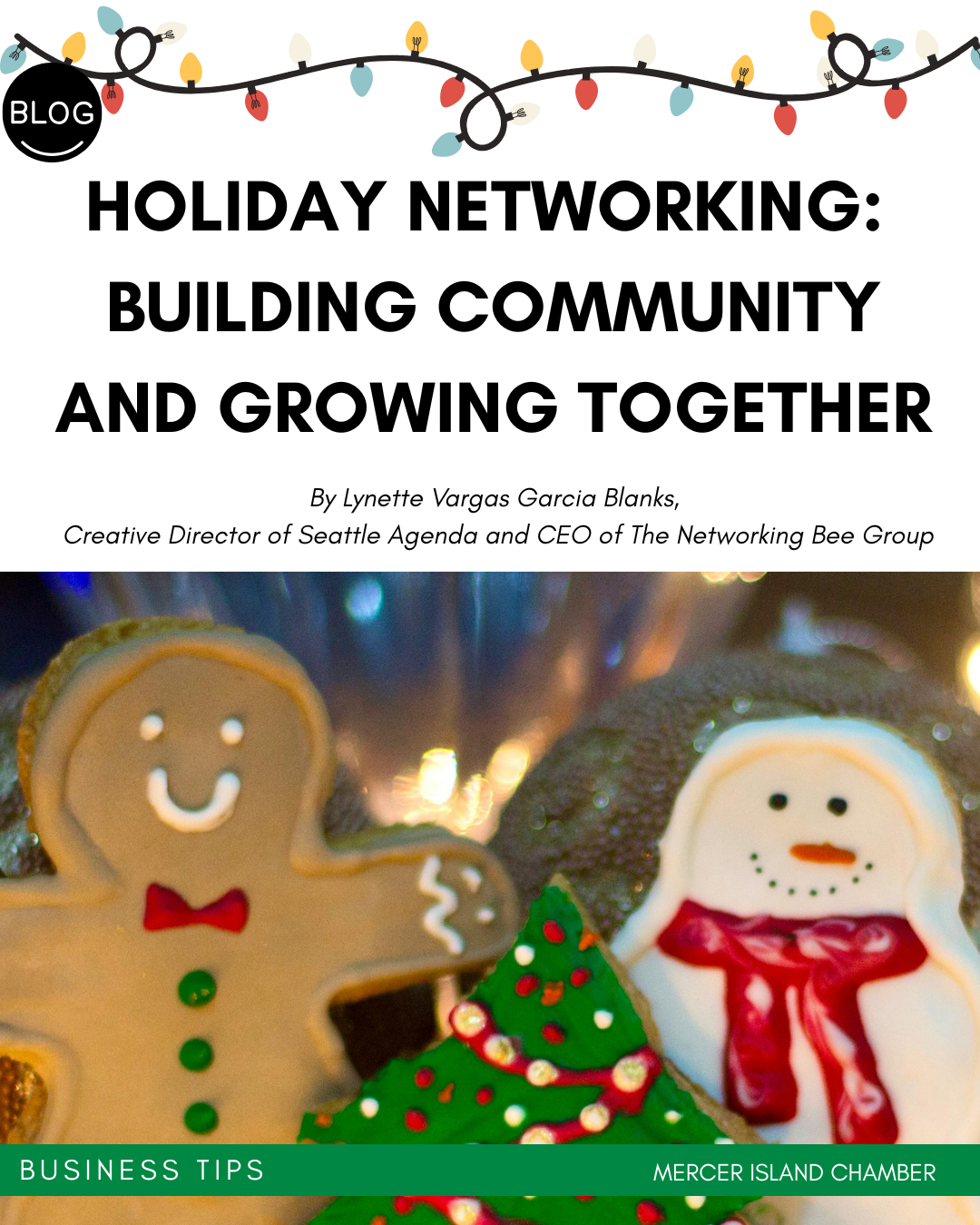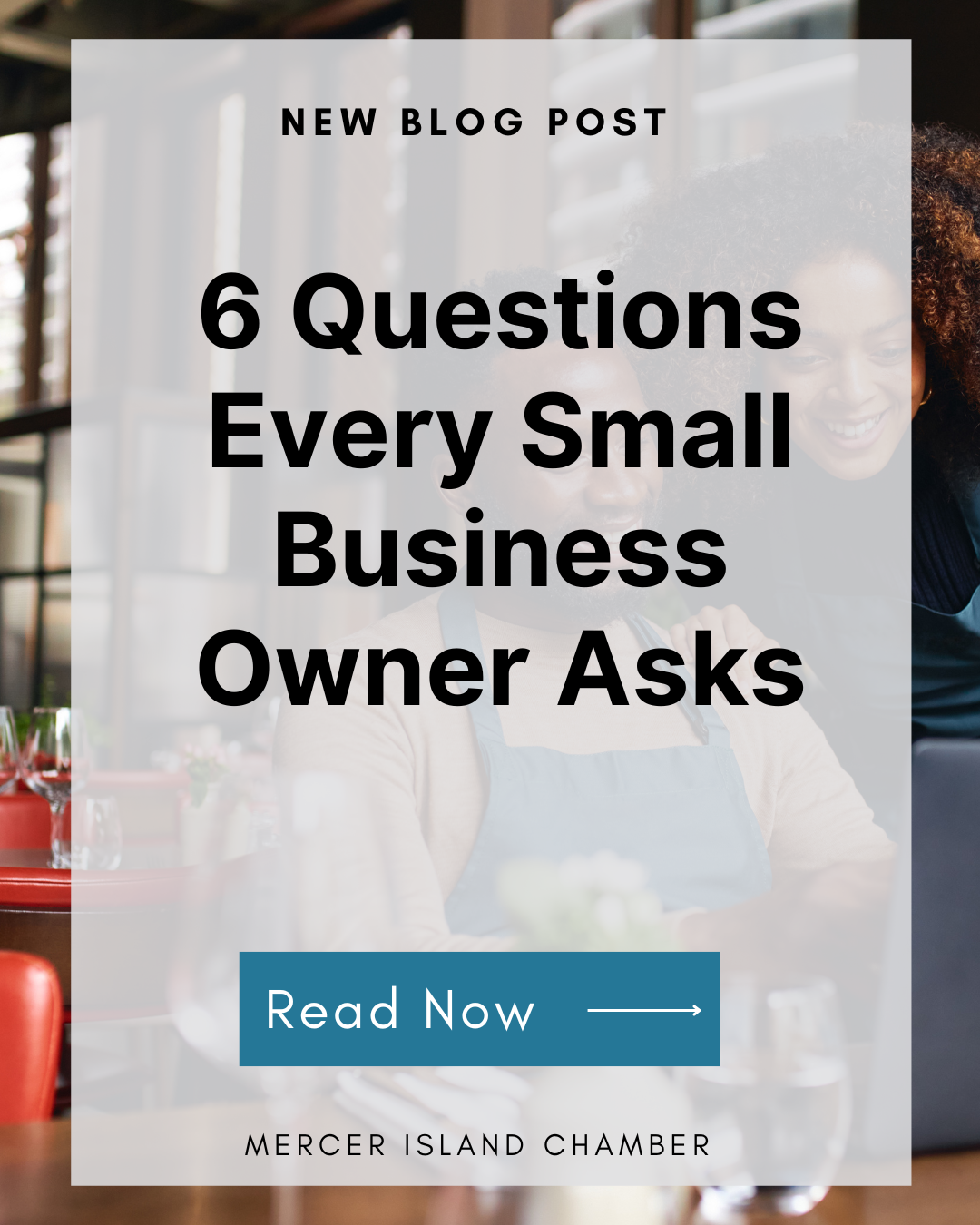How to Fix Your Elevator Pitch

Think of the person in your circle (even tangentially) who comes to mind when you read the word, “boring.” Who is it?
Now ask yourself why you think they’re boring.
It’s your opinion, right?
Maybe all they do is talk about sports or maybe when you’re talking about sports, they want to talk about the weather.
Perhaps they’re not boring at all. Maybe it’s just that you don’t have mutual interests.
If your business is struggling to attract loyal customers, it might be that you’re suffering from the same thing. Maybe you’re talking about things your ideal customer doesn’t care about.
It’s time to get their attention and become much more interesting to them.
The Problem with Basic Marketing
The problem many businesses face when it comes to their marketing message isn’t that they are inherently boring. It’s that what they choose to make their message is not something that appeals to their ideal audience.
To captivate that audience, you need to first understand who the audience is, then present something that they need/want, and make that solution plausible/believable.
But sadly, most businesses and professionals describe their services in generic ways that sound dreamy but completely inactionable or boring such as:
A life coach who writes, “I help people follow their dreams.”
Or a bakery that posts, “We sell cookies.”
Why Generic Messaging Falls Flat
Now before you argue, “But it’s what we do,” consider this: when was the last time you searched, “How do I follow my dreams?”?
While you don’t have to go into long descriptions about what you do and how you do it, you do need to help your ideal client think to themselves, “That’s what I need.”
It’s time to tighten up your marketing message.
1. Identify who you’re speaking to and be specific. Is it moms? Doctors? Students? Who will see the most help from your offerings?
2. Solve a problem they already have. Marketing your product or service will be so much easier if you’re selling something they already know they need.
3. Use language that fits what they’re looking for. Again, very few people are googling, “How do I follow my dreams?”.
4. Show how you can help them get what they want. Your customers have needs, wants, and struggles. They need to trust you understand what that is and can help them.
5. Line up testimonials that speak the same language. If you go through all the work to craft your marketing message, you want to use testimonials that reinforce it.
So, let’s put that all together.
Remember the life coach who helped people follow their dreams? We’re going to transform that message from meh to mesmerizing.
Step 1. Identify the audience
Instead of using the generic “people,” the life coach drills down to the realization she works best with mid-career professional women who feel stuck in unfulfilling jobs.
Step 2. Solve a problem they already have
Their problem isn’t “I can’t follow my dreams.” It’s “I’m burned out in my career and don’t know how to pivot without starting over.”
Step 3. Employ the language they’re actually using
Her ideal client is more likely searching for phrases like “career change at 40,” “how to find a meaningful job,” or “get unstuck in my career” than “follow my dreams.”
Step 4. Show how you can help them get what they want
These professional women don’t just want “dreams.” They want clarity, confidence, and an actionable plan to shift into work that lights them up and pays the bills.
Step 5. Align testimonials
Instead of posting a generic “she helped me follow my dreams,” a stronger testimonial would read something like: “I went from dreading Mondays to launching a consulting business I love. She gave me the tools to make the leap with confidence.”
And you could get a testimonial like that by asking a successful client, “What’s changed in your life after working with me? Where were you before and where are you now?” That leads the client into formulating something much more substantial than, “She helped me so much.”
Are you ready for the revamped marketing message/elevator pitch?
Instead of “I help people follow their dreams,” it’s now…
“I help professional women in their 40s who feel stuck in unfulfilling careers gain the clarity and confidence to pivot into work they love without sacrificing income or starting from scratch.”
Hear the difference?
Now we know exactly who can benefit. There’s no mistaking it and anyone thinking of giving this life coach a referral knows who she’s looking to work with.
Those few simple words transform the original vague promise into something specific, problem-solving, and benefits driven. And that means people hearing it and reading it will know when they are the target audience.
















